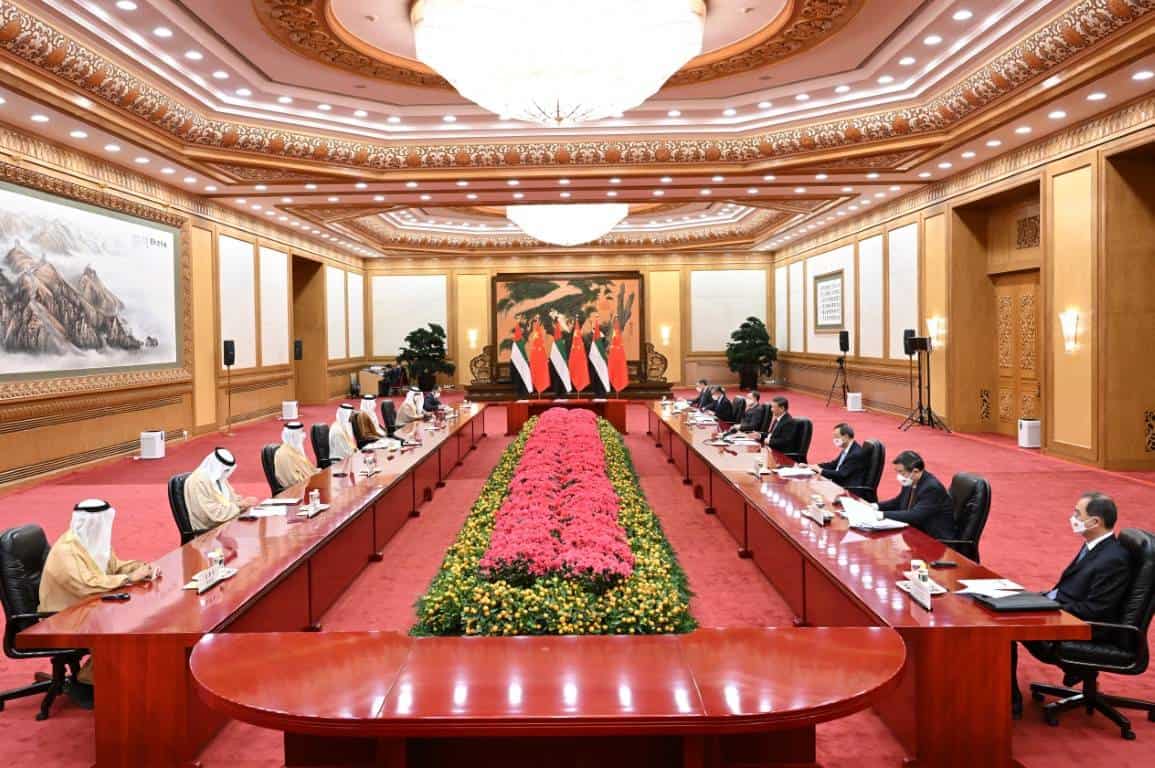DUBAI, UAE – Relations between Asia and the Gulf Cooperation Council countries can be said to be entering a beneficial phase for both sides.
The visit of the foreign ministers of four Gulf countries — Saudi Arabia, Kuwait, Oman and Bahrain — to Beijing at the beginning of 2022 is significant proof of the positive cooperation between the two regions.
China’s views on the GCC
At the same time, China sees the Gulf countries as natural partners in implementing its Belt and Road initiative.
Last year, Chinese Foreign Minister Wang Yi visited Saudi Arabia, the UAE, Oman and Bahrain to align the Belt and Road initiative with the development goals of these countries.
The visit of the foreign ministers of the Gulf states to Beijing this time is reciprocal, and among its most essential agendas are the free trade talks and the first Sino-Arab summit.
Belt and Road
BDSwiss CEO MENA, Daniel Takieddine, considers that “international economic initiatives like Belt & Road could be beneficial to all countries involved as it would help develop trade and economic growth.”
In an interview with TRENDS, he added: “As a large energy provider, the GCC is also poised to benefit from a stronger global economy which would result in higher demand for energy and larger exports from countries in the Middle East.”
GCC trade going East
Traditionally, GCC trade was focused on the West; however, now it is moving to the East.
Takieddine believes that “GCC countries are seeing not only more robust economic ties with Asian countries but also within the subregion as cross-trade between gulf nations increased.”
He also sees that relying on Asia is a positive strategy that exposes GCC economies to strong and dynamic countries like China, India, and others that traditionally perform better than their western counterparts.
However, over the short term, the economic slowdown in China, for example, could be a cause for concern.
China – GCC
Over the past few decades, China has surpassed Western countries as the primary investor in the Middle East and a significant economic partner for numerous Gulf governments, most notably Saudi Arabia and the United Arab Emirates.
When Beijing wanted to become the world’s top exporter of products, it required oil and gas; when the Arab states of
the Persian Gulf wished to diversify their economies, they needed export profits.
China increasingly engages with Riyadh on project work and deals across various industries and sectors.
Well, the East Asian country consumes 13 percent of the world’s oil and imports two million barrels / day of oil from Saudi Arabia.
In addition, Chinese firms have won US$44 billion worth of work in Saudi Arabia since 2005.
On the other hand, Saudi Arabia was China’s top supplier of crude oil in 2021, accounting for 17 percent of Chinese oil imports.
While Qatar is a top natural gas supplier to China, it secured multiple long-term natural gas deals with Chinese companies in December 2021.
In addition, it ordered $762 million worth of Chinese liquefied natural gas tankers for the first time in October.
Also, China remains a central market for oil exports from Oman, Iraq, UAE and Kuwait.
China exported $4.53 billion and imported $3.88 billion from the United Arab Emirates in June 2022, resulting in a trade balance of $652 million.
Between June 2021 and June 2022, the exports of China have increased by $747 million (19.7 percent) from $3.79 billion to $4.53 billion, while imports increased by $1.9 billion (95.7 percent) from $1.98 billion to $3.88 billion.







